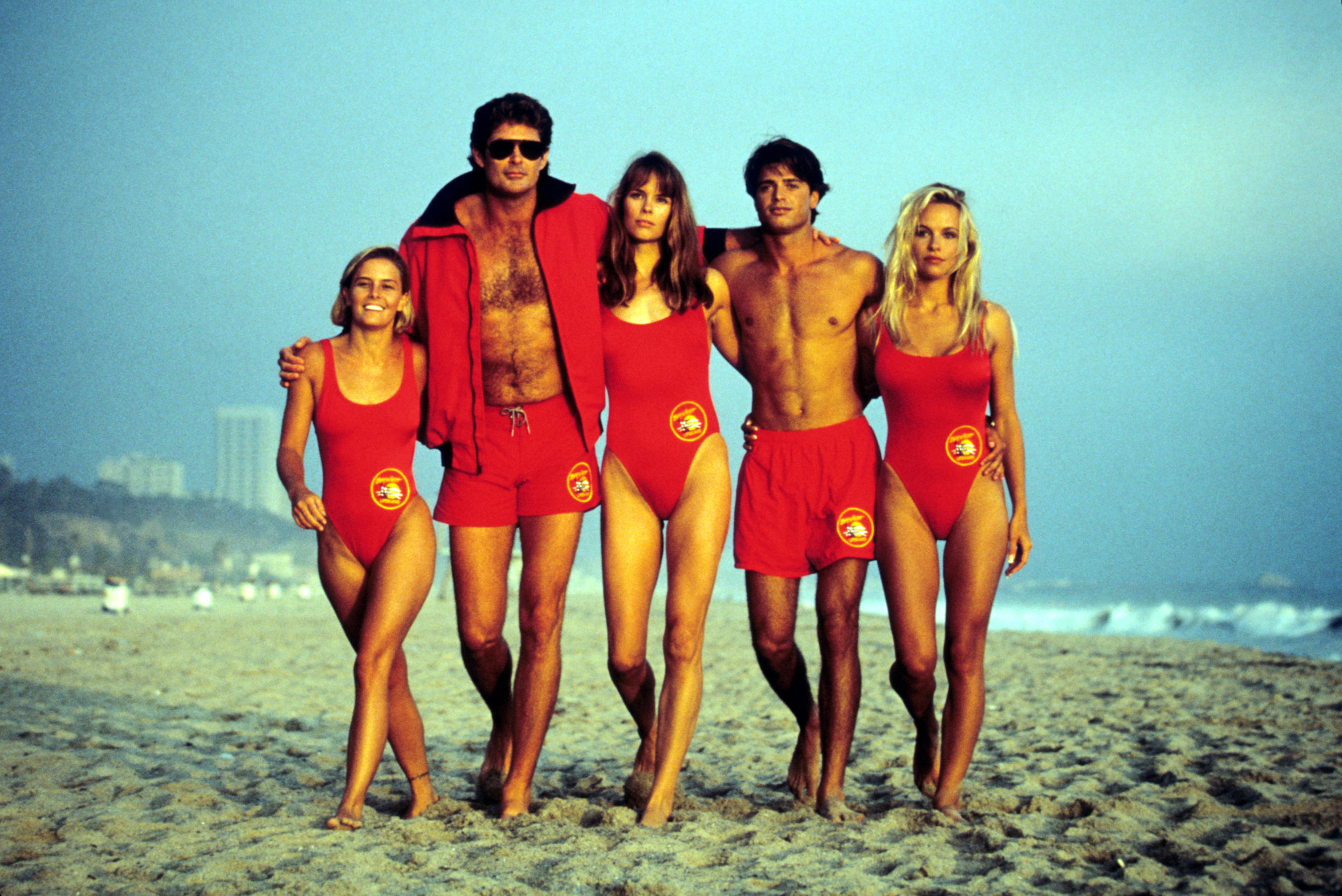'The scream you wake on at the end of a nightmare': Meet the buildings designed by the 'Rogue Goths'
A new book published by The Victorian Society and Liverpool University Press shines a light on three lesser-known Victorian architects.


When I say the phrase ‘Rogue Goths’, what pops into your head? Is it those spooky kids from your school days? Perhaps Robert Smith and The Cure? What they should be, according to a new book by The Victorian Society and Historic England are the architects Robert Lewis Roumieu, Joseph Peacock and Bassett Keeling.
These are the real rogue goths, as explained by author Edmund Harris, who shines a light (hisss!) on these three architects, who produced some of Victorian England’s most striking and dramatic Gothic buildings.
Roumieu is the architect of 33–35 Eastcheap in the City of London, a building described as ‘the scream you wake on at the end of a nightmare’ by Ian Nairn in Nairn’s London. He also designed Milner Square in Islington, of which John Summerson said ‘it is possible to visit… many times and still not be absolutely certain that you have seen it anywhere but in an unhappy dream’. If I ever design a building, I hope it is spoken of in similar tones.

The book is densely illustrated with photography by Robin Forster, alongside sketches and drawings, as well as supplemental imagery from Historic England’s collection.
Mr Harris is himself an architectural historian and independent scholar. His blog, Less Eminent Victorians is dedicated to ‘fascinating but less heralded Victorian architects’.
James Fisher is deputy digital editor of Countrylife.co.uk. He lives in London
Sign up for the Country Life Newsletter
Exquisite houses, the beauty of Nature, and how to get the most from your life, straight to your inbox.

James Fisher is the Deputy Digital Editor of Country Life. He writes about property, travel, motoring and things that upset him. He lives in London.
-
 'Monolithic, multi-layered and quite, quite magnificent. This was love at first bite': Tom Parker Bowles on his lifelong love affair with lasagne
'Monolithic, multi-layered and quite, quite magnificent. This was love at first bite': Tom Parker Bowles on his lifelong love affair with lasagneAn upwardly mobile spaghetti Bolognese, lasagne al forno, with oozing béchamel and layered meaty magnificence, is a bona fide comfort classic, declares Tom Parker Bowles.
By Tom Parker Bowles
-
 Country houses, cream teas and Baywatch: Country Life Quiz of the Day, April 24, 2025
Country houses, cream teas and Baywatch: Country Life Quiz of the Day, April 24, 2025Thursday's Quiz of the Day asks exactly how popular Baywatch became.
By Toby Keel